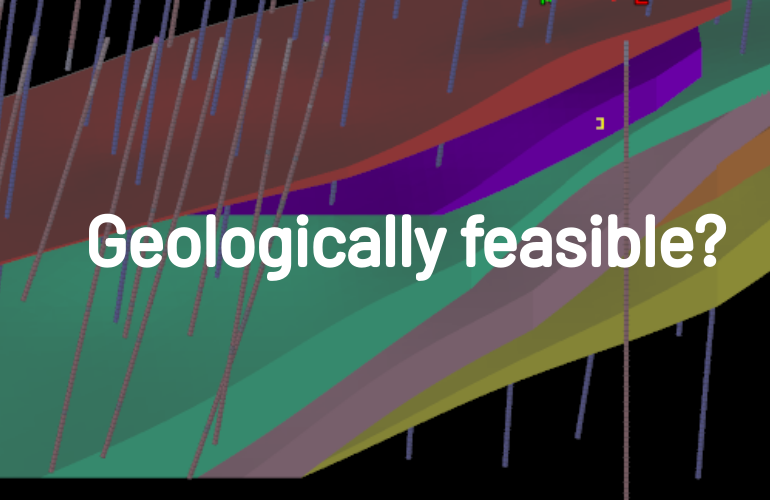Spatial Anisotropy Captured
Block Modelling
Hydrogeological modelling
Streamlined hydrogeological modelling from log data, well tests, and borehole sensors, combined with our leading DMX fracture analysis and modelling technology. Incorporating vertical stress, and horizontal stress (poro-elastic), and upscaling of geomechanical properties, we deliver a range of parameters are available including:
- P33 Fracture porosity and permeability
- Dual porosity
- Storativity
- Boundary conditions
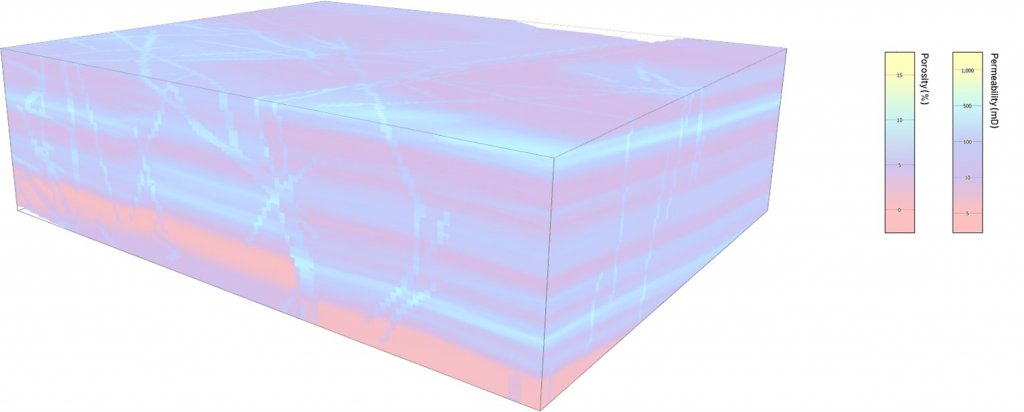
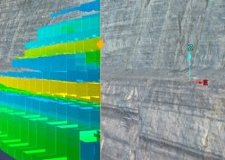
Rock Strength
Underpinned by our high-quality structural modelling, we offer 3D block and continuum modelling for a comprehensive range of geomechanical parameters, including:
- Rock strength parameters –UCS, friction angle, and tensile strength
- Elastic properties, dynamic and static – Young’s modulus and Poisson’s ratio
- In situ stress state – orientation and magnitude for horizontal, plus vertical
- Pore pressures
Rock Mass
Streamlined rock mass modelling to highlight the spatial variability in your data. Fully compatible with common file formats for direct use in engineering design and stability assessment. Available classification systems include:
- Rock Mass Rating – RMR89
- Q System
- Geological Strength Index – GSI
Supported by robust data protocols for cross validation and bias correction. Additional options are available, utilizing DMX fracture analyses and DFN modelling for an even faster and more spatially representative means of quantification.
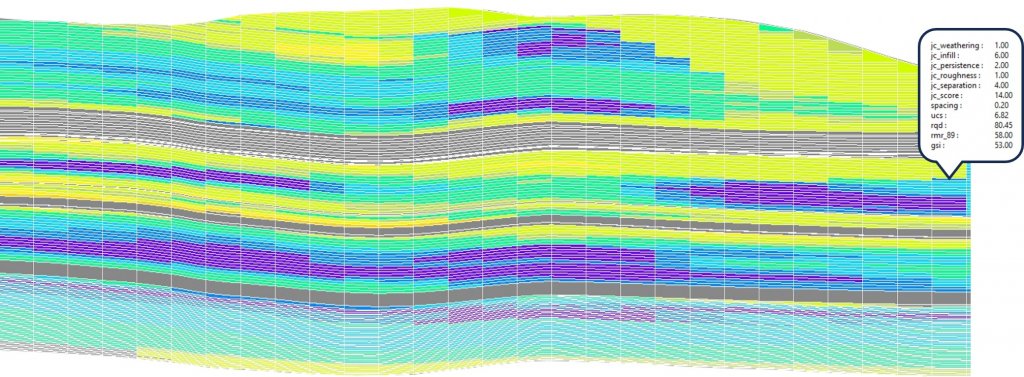
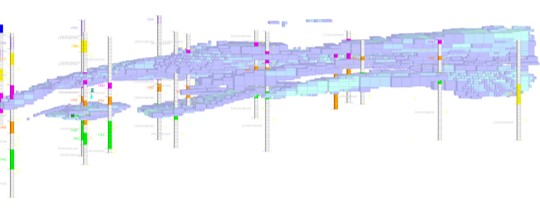
Geology & Resources
Built using hard rock or sedimentary layered solids, or with our robust ML clustering and identification tools for alteration, geochemical, and lithological domains.
Utilize a range powerful geostatistical and unfolding tools for grade estimates and resource classification.
Additional model outputs include material handling properties, costs, and stripping ratios, readily compatible for a range of downstream scheduling and financial assessments.
News
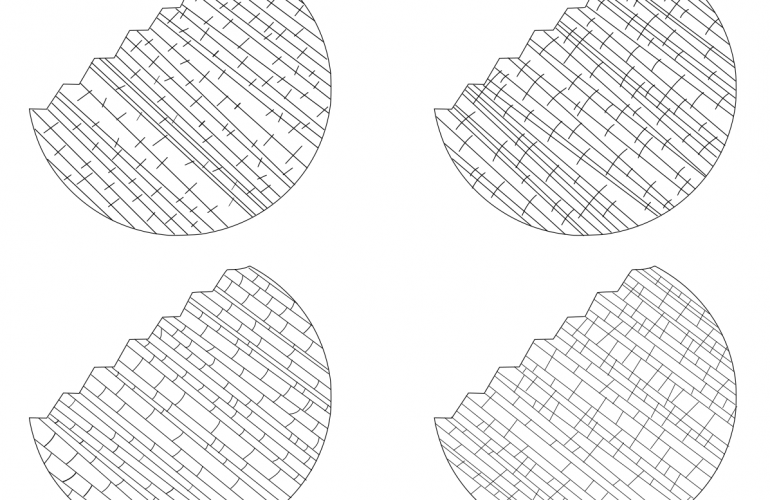
A new perspective on rock mass
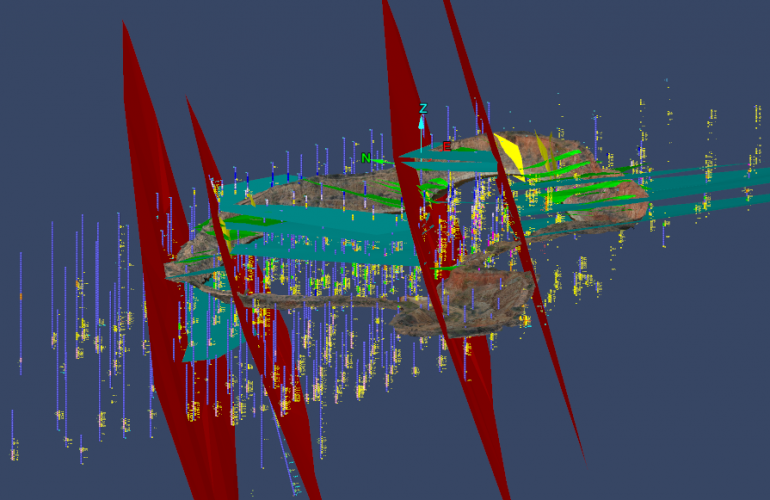
Seeing the patterns in geological structures
